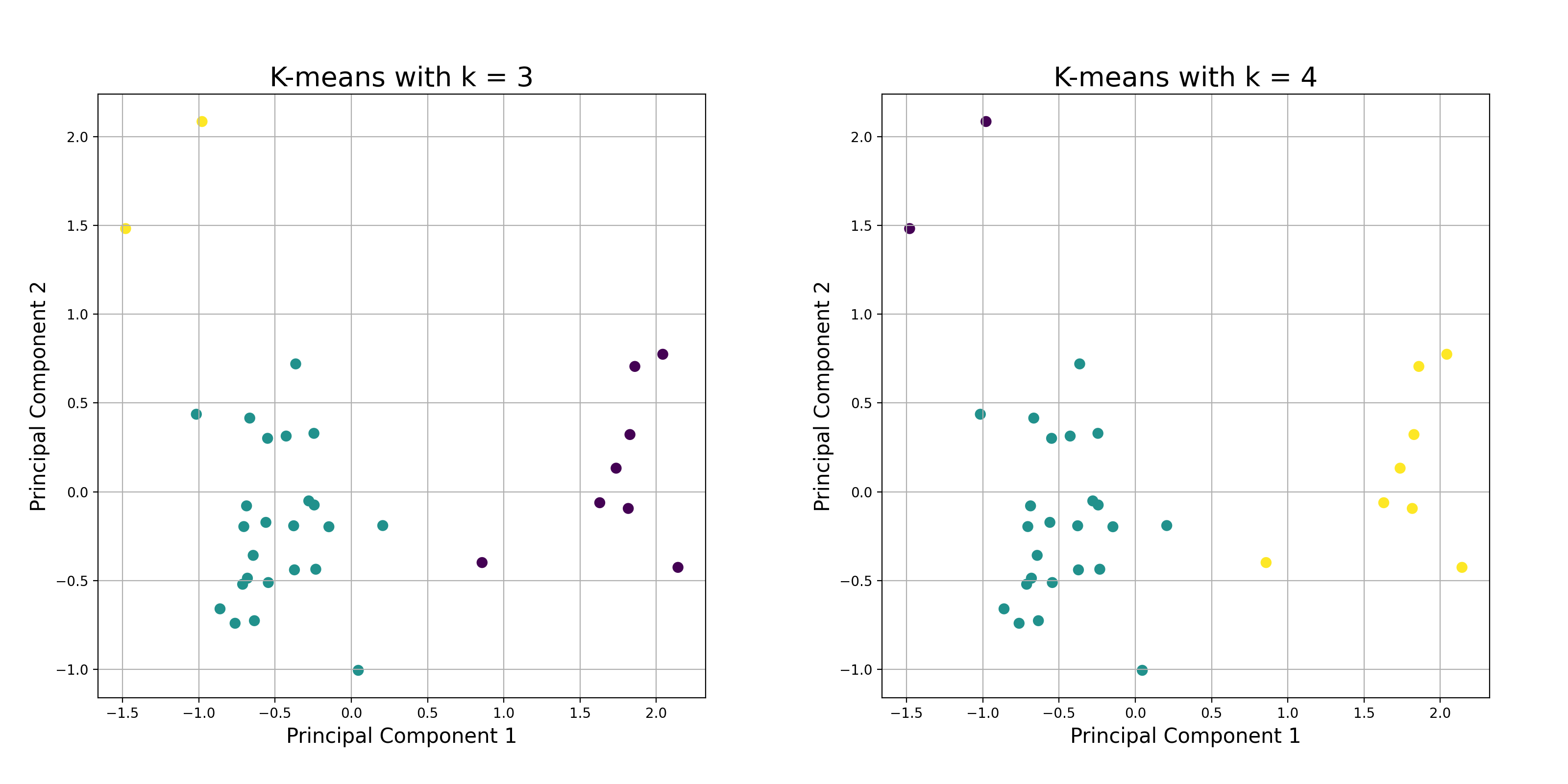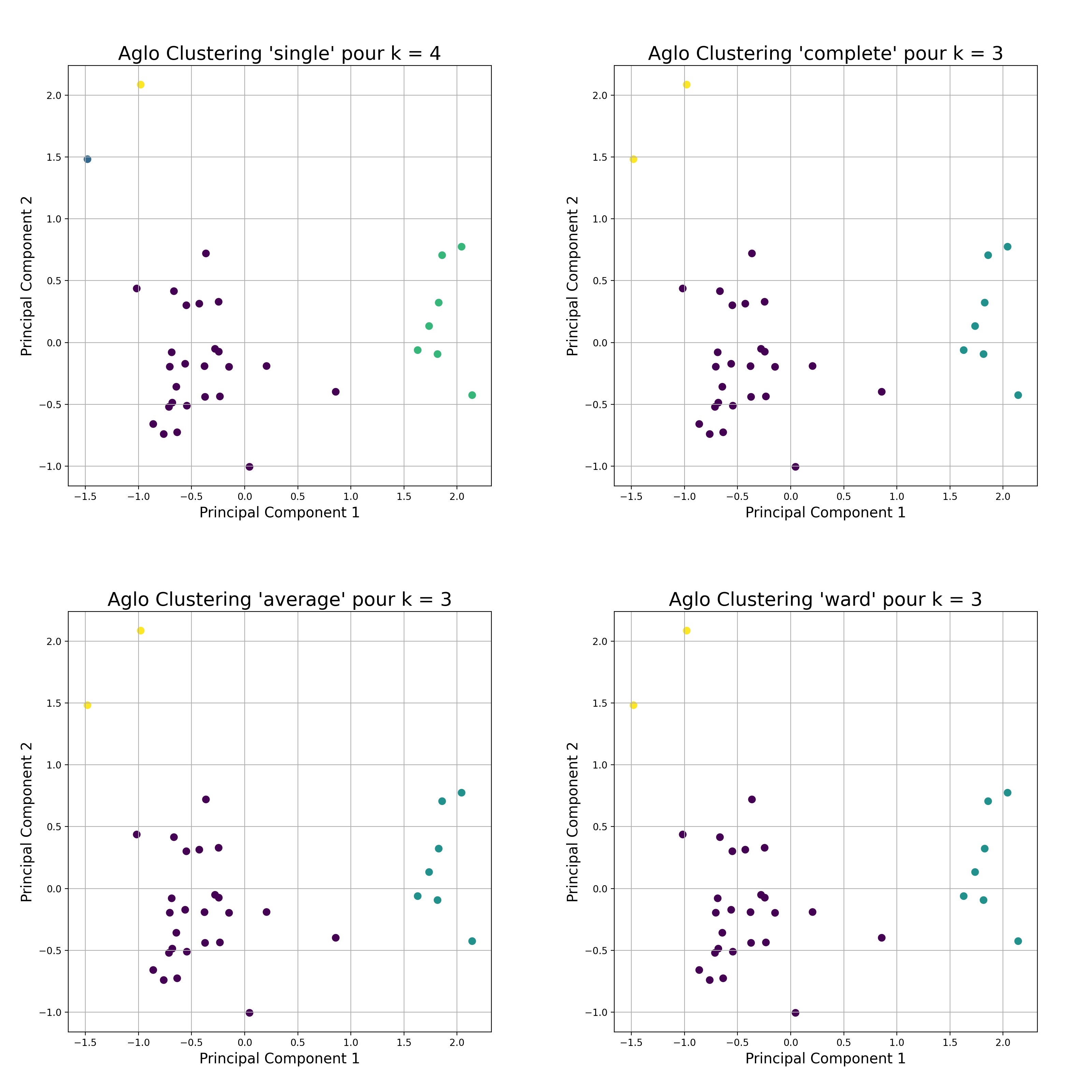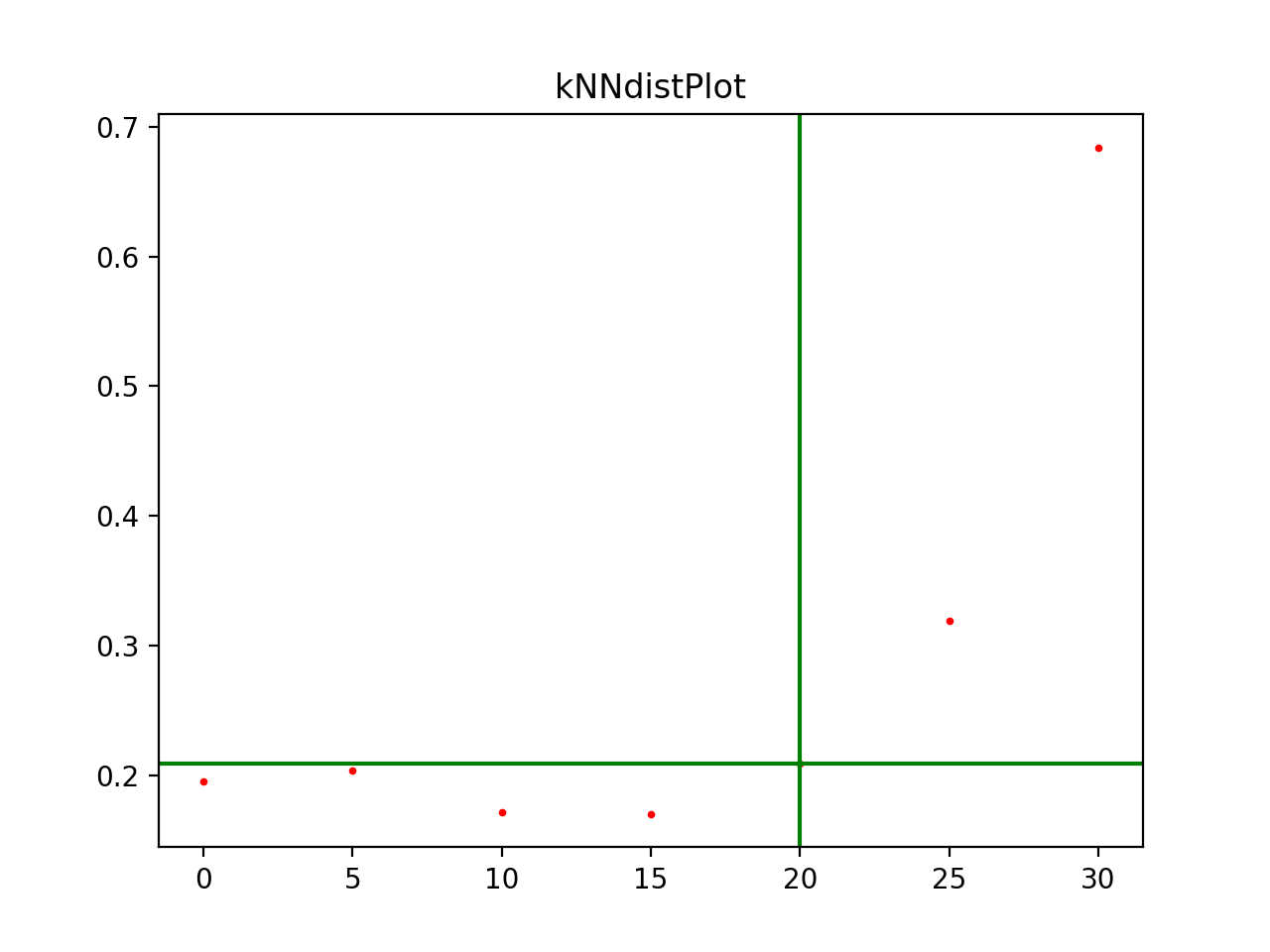Descriptive part
This subject allows me to deepen my knowledge of clustering algorithms using python and artificial intelligence.
The algorithms are mainly based on the sklearn library.
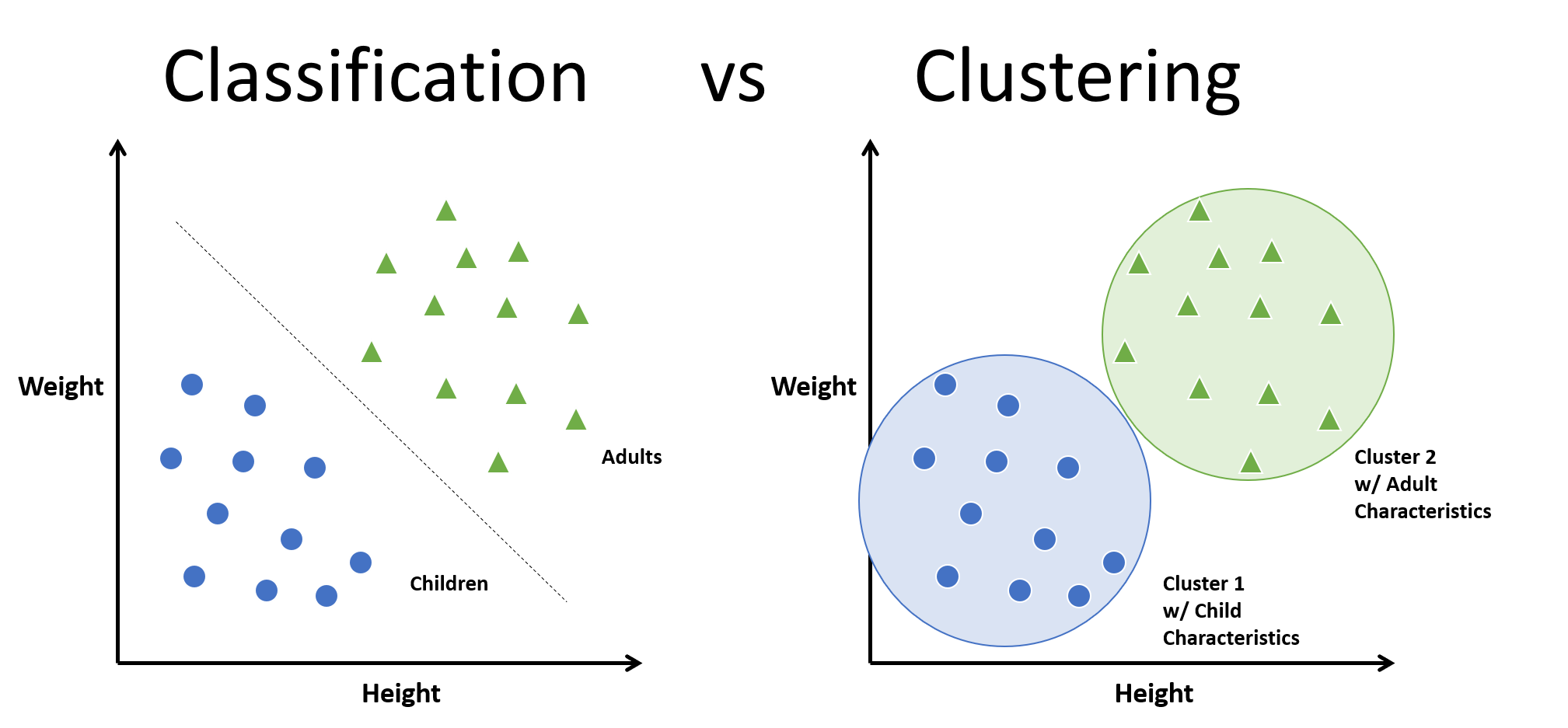
Here we can see the difference between the classification method and the clustering method.
In general, in classification, you have a set of predefined classes and you want to know to which class a new object belongs.
Clustering tries to group a set of objects and look if there is any relationship between the objects.
In the context of machine learning, classification is supervised learning and clustering is unsupervised learning.
Everything is organized in the form of 3 practical works: the use of k-means, agglomerative clustering and DBSCAN.For more information, I invite you to download and read my report here.
TP N°1:
K-Means

K-Means relies on the variance to define its clusters, so a cluster groups points with equal variance. It assumes that the clusters are of Convex form. The method requires to know the number of clusters K in advance and corresponds to several fields of use.
The agglomerative clustering is the most common type of hierarchical clustering used to group objects in clusters based on their similarity. The algorithm starts by treating each object as a singleton cluster. Next, pairs of clusters are successively merged until all clusters have been merged into one big cluster containing all objects. The result is a tree-based representation of the objects, named dendrogram.
DBSCAN is a well-known unsupervised clustering algorithm. DBSCAN iterates over the points of the dataset. For each of the points it analyzes, it constructs the set of points reachable by density from this point: it computes the epsilon-neighborhood of this point, then, if this neighborhood contains more than n_min points, the epsilon-neighborhoods of each of them, and so on, until the cluster cannot be enlarged anymore. If the point considered is not an interior point, i.e. it does not have enough neighbors, it will be labeled as noise. This allows DBSCAN to be robust to outliers since this mechanism isolates them.
TP N°2:
Agglomerative clustering & DBScan
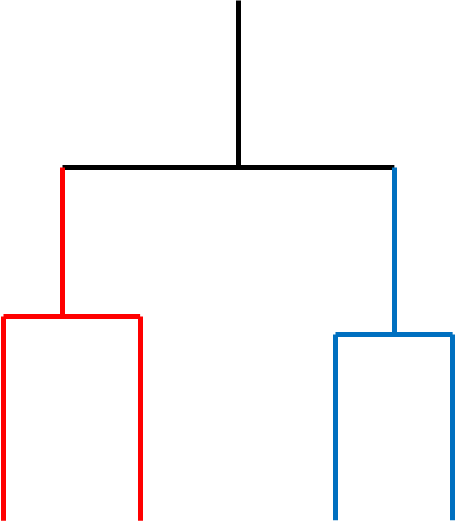
Tp N°3:
Real world dataset

This part gathers the three methods seen previously and applies them on a real dataset with 33 parameters. Here, all hyper-parameters are determined automatically.
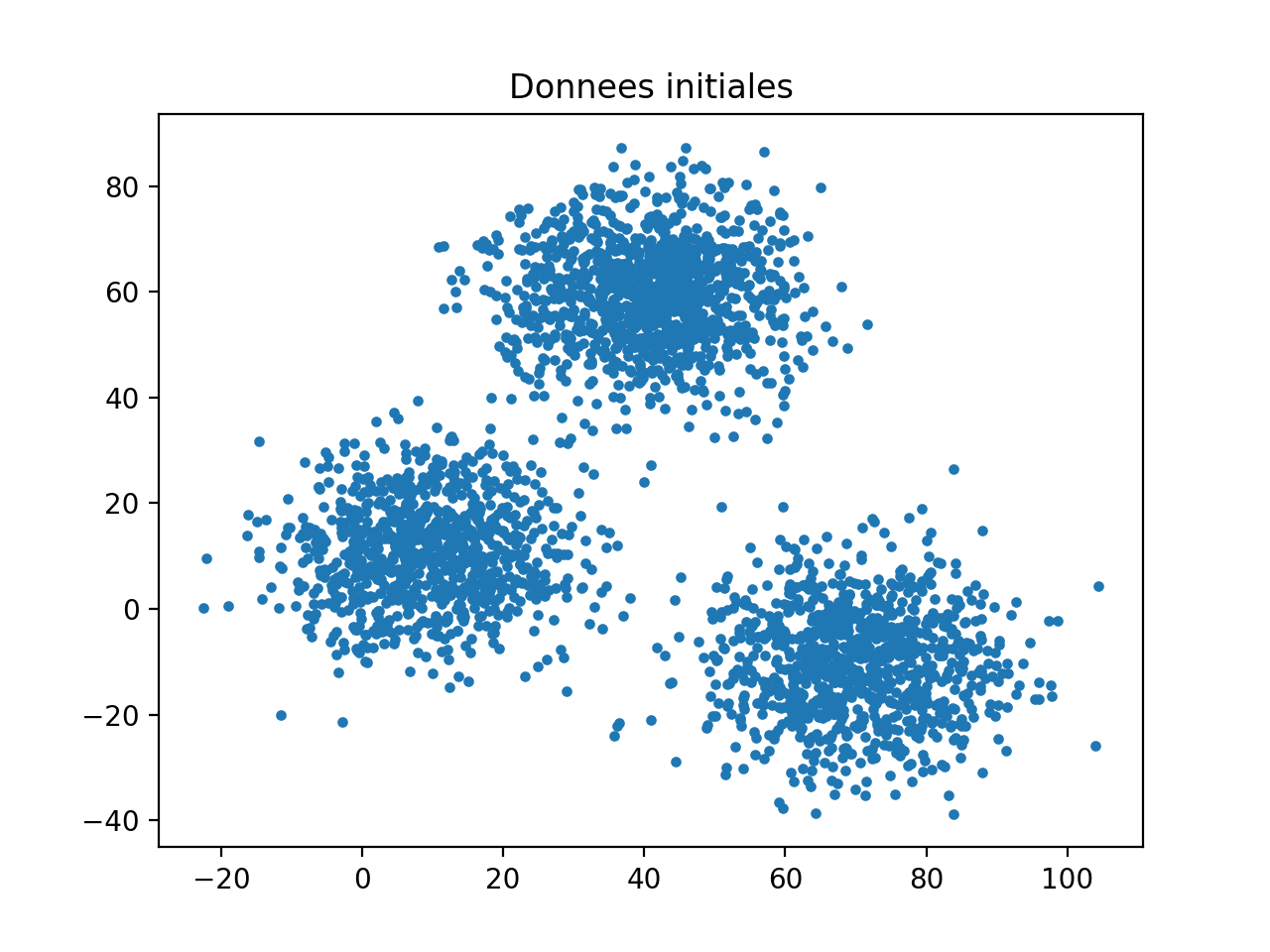
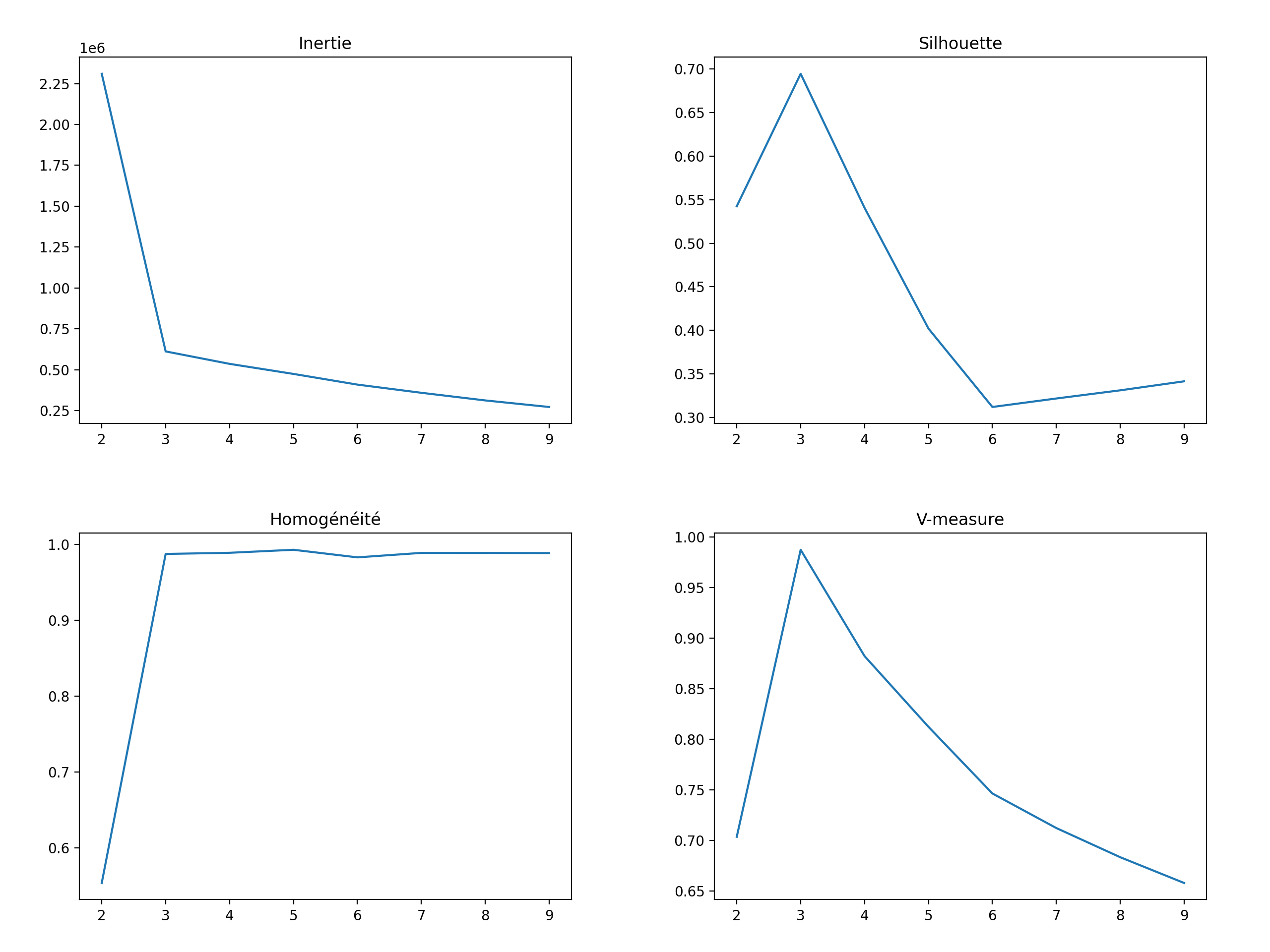
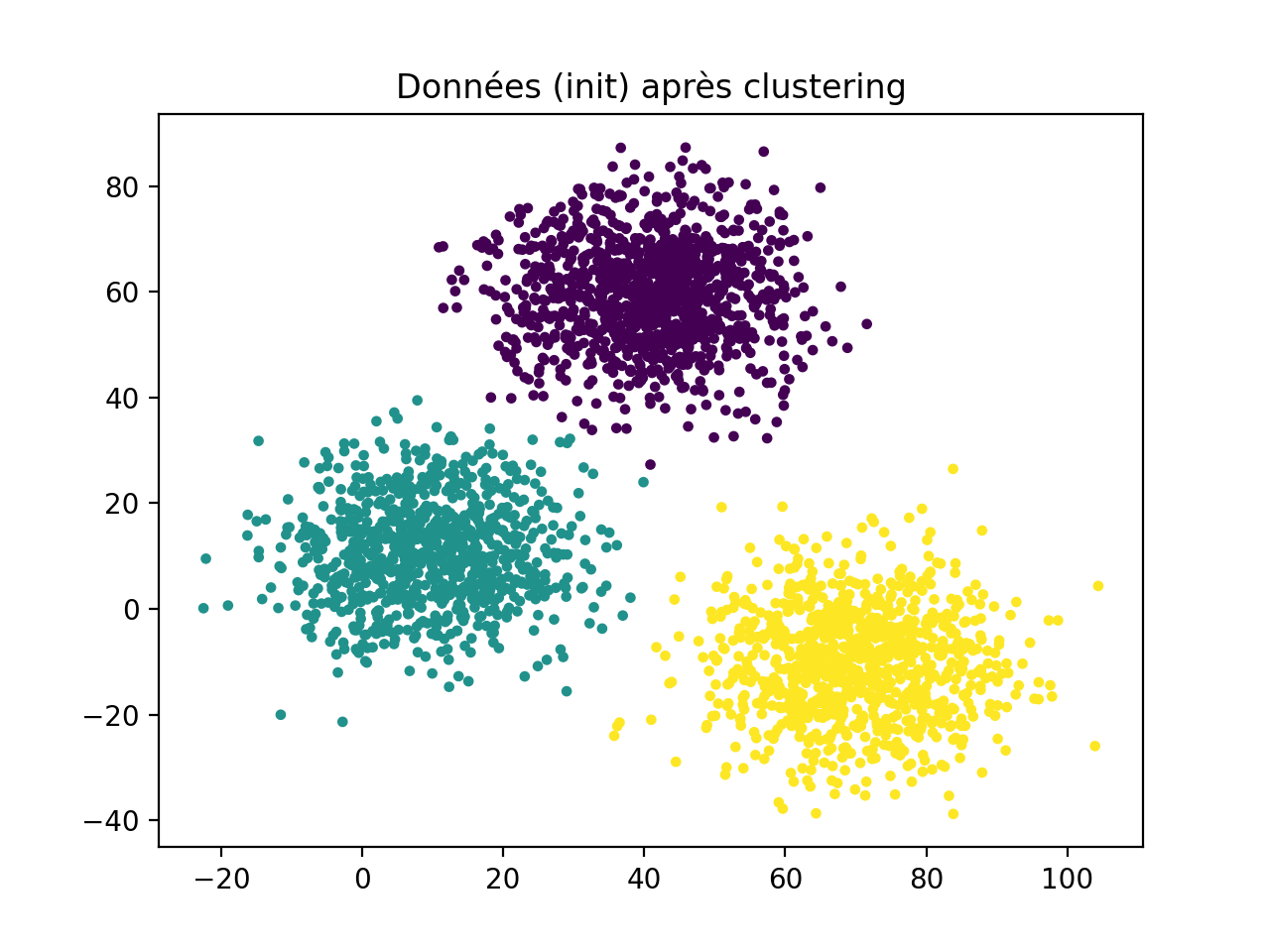
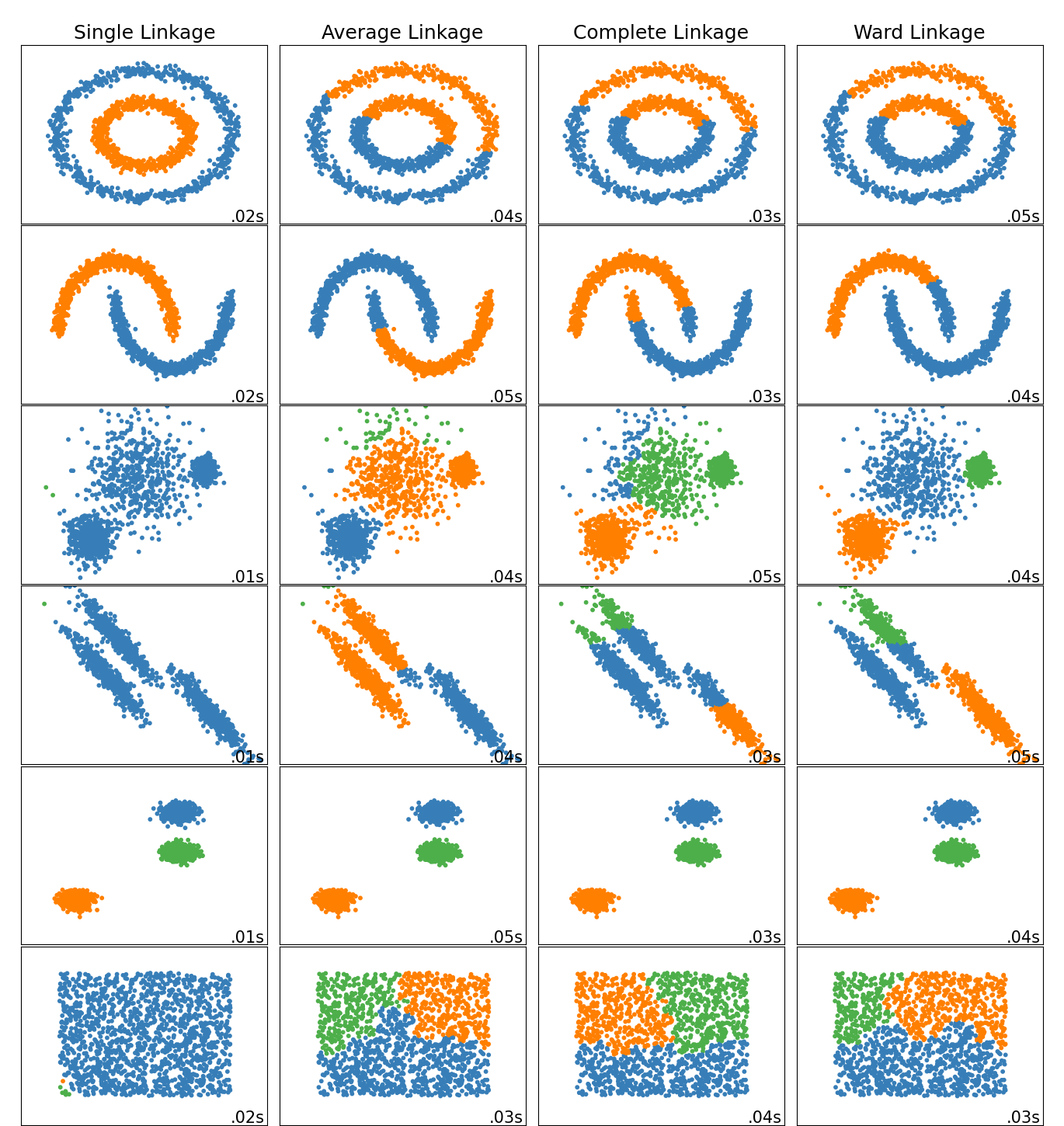
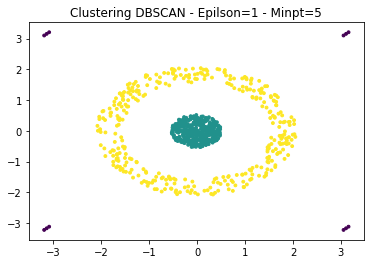
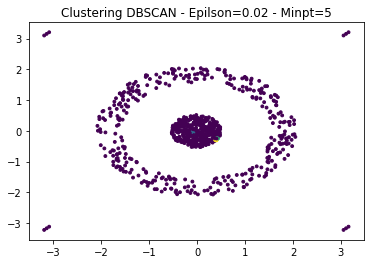
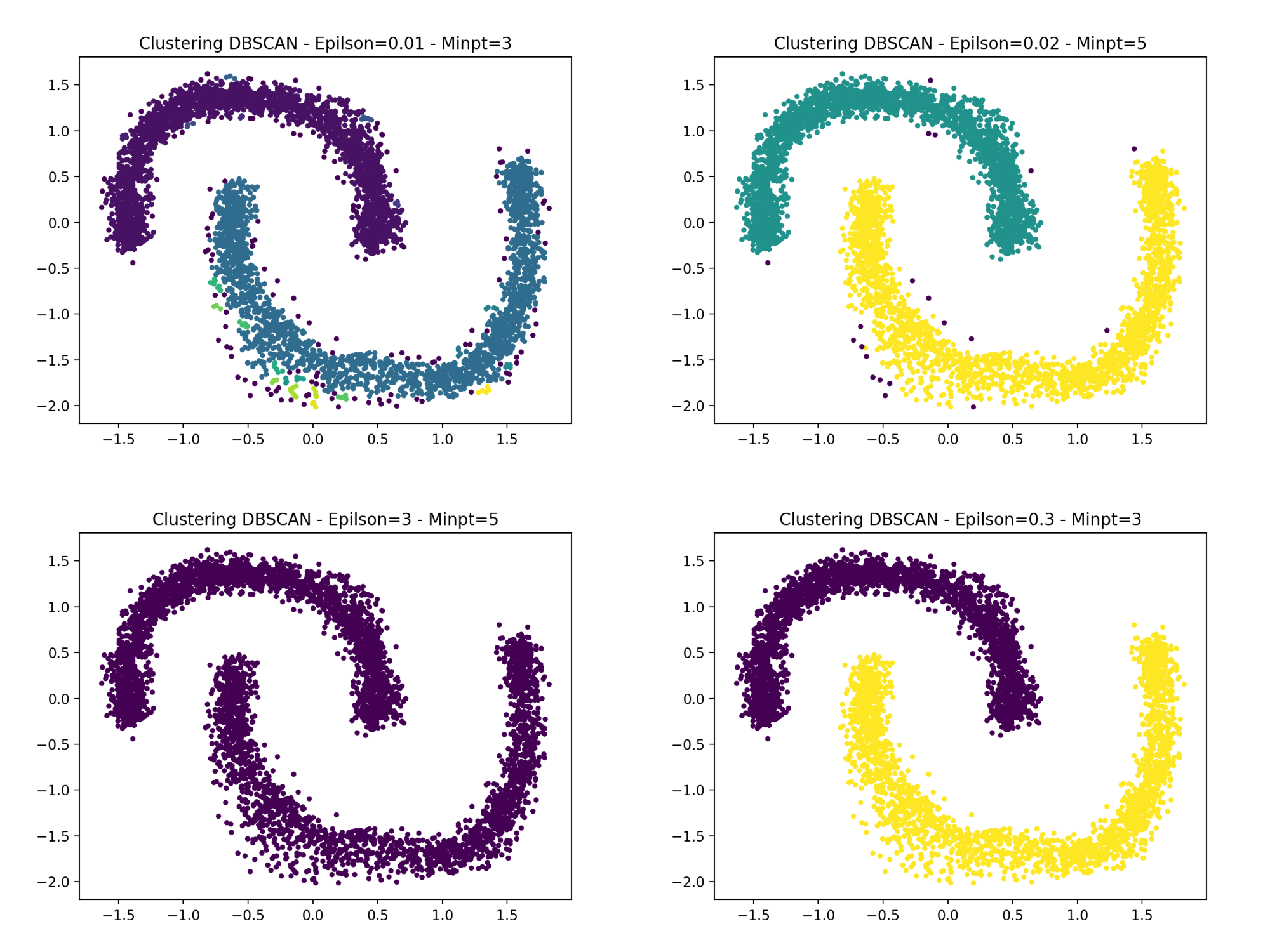
.png?h=56a7b4d5e5ad555bc35192bdb730943d)
